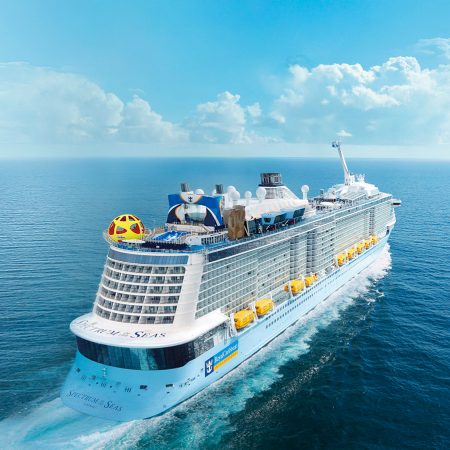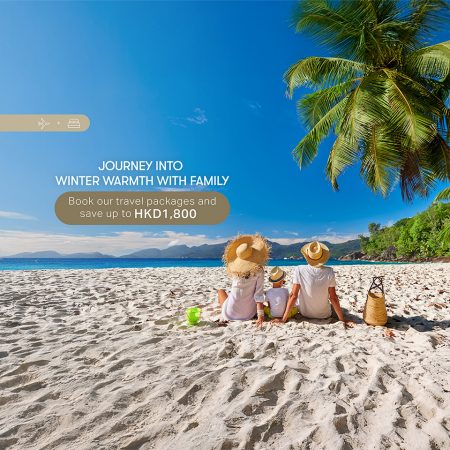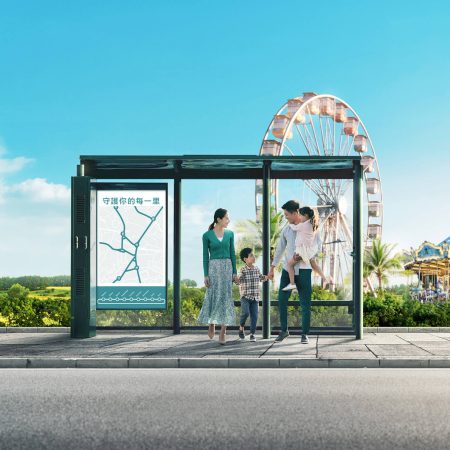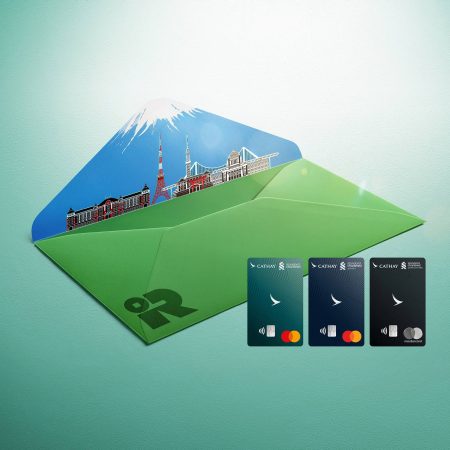A wonderfully unpolished harbour tour of Hong Kong
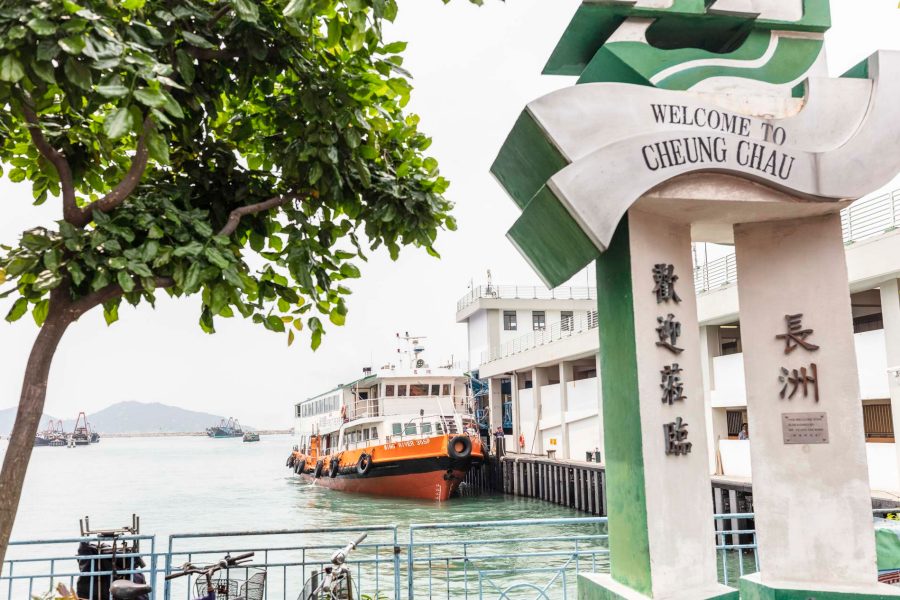
Shortly before dawn, almost every morning of the year, the Ming River casts off from the pier at Peng Chau and steers south. The double-decker, 280-tonne kai-to is one of a slowly diminishing fleet of small neighbourhood ferries which link Hong Kong’s more remote islands, a role that’s gradually being assumed by lofty suspension bridges and MTR tunnels.
Ming River is a happy ship, though she falls short of the nautical neatness of statelier vessels. She looks older than her 20 years. Rust pokes out of her paintwork, her toilets would make a TripAdvisor contributor shudder and the 1970s-style tangerine plastic seats can at best be described as functional. Her ragtag decks are piled with trolleys, bikes and rattan baskets loaded with fresh produce, and her bulkheads are plastered with counsel and proscriptions in a gallimaufry of fonts and typefaces: ‘No gambling’, ‘While the ferry is berthing please don’t leave your seat’, ‘This area is not suitable for letting dogs lay down or placing anything!’
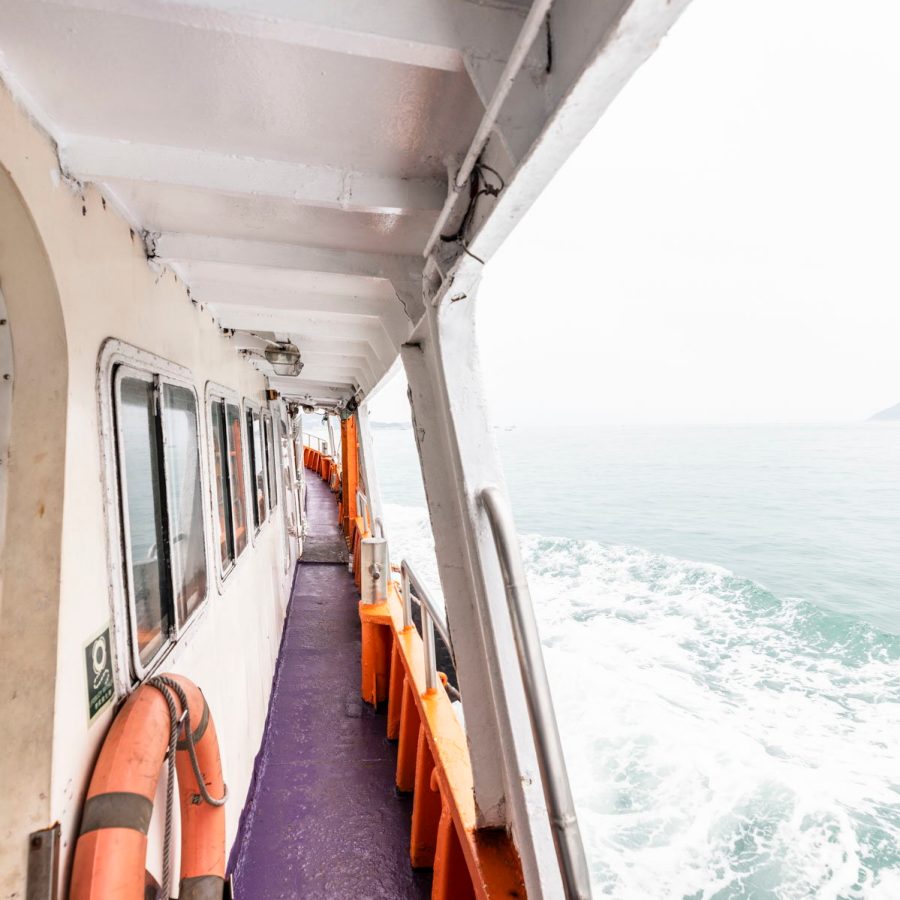
Credit: Mike Pickles
But here’s the thing. Rather than a manicured package-tour junk or a loud-speakered harbour cruise, Ming River’s a genuine working boat plying the route to Cheung Chau and back, stopping at Mui Wo and (on some sailings) Chi Ma Wan en route. The passengers are essentially islanders headed to market or calling on relatives, electricians or plasterers commuting to a job, as well as the occasional civil servant on a tour of inspection.
The boat’s bow and midships are enclosed, but there’s a generous open space at the stern on the upper deck to savour sea breezes, the marine panoramas and the views up to Lotus Mountain and Sunset Peak on Lantau Island. It’s a rare day that Ming carries her full complement of 349 passengers, so there’s always a spare seat. In short, this is Hong Kong’s down-at-heel, rather loveable Love Boat, both for her passengers and the three-strong crew who know the ferry’s route like the back of their gnarled hands.

Credit: Mike Pickes
‘I used to be a marine policeman, so it made sense to move across to working on ferries,’ says Leung Kam-tsuen, who’s been the Ming River’s coxswain for the past five years.
‘We get to know these islands well, working one day on and then one day off, and there’s always something to admire out on the water. It’s quite beautiful really – more people should come along for the ride.’
For visitors, a trip aboard Ming River furnishes more than just a glimpse of Hong Kong’s outlying islands. It’s a window into a past time when a boat was the only way to get about the 260-strong archipelago. The entire journey takes about an hour, although it’s tempting to hop off at Mui Wo and schlep up to the Big Buddha at Ngong Ping , or head into the wilds of a country park from Chi Ma Wan.
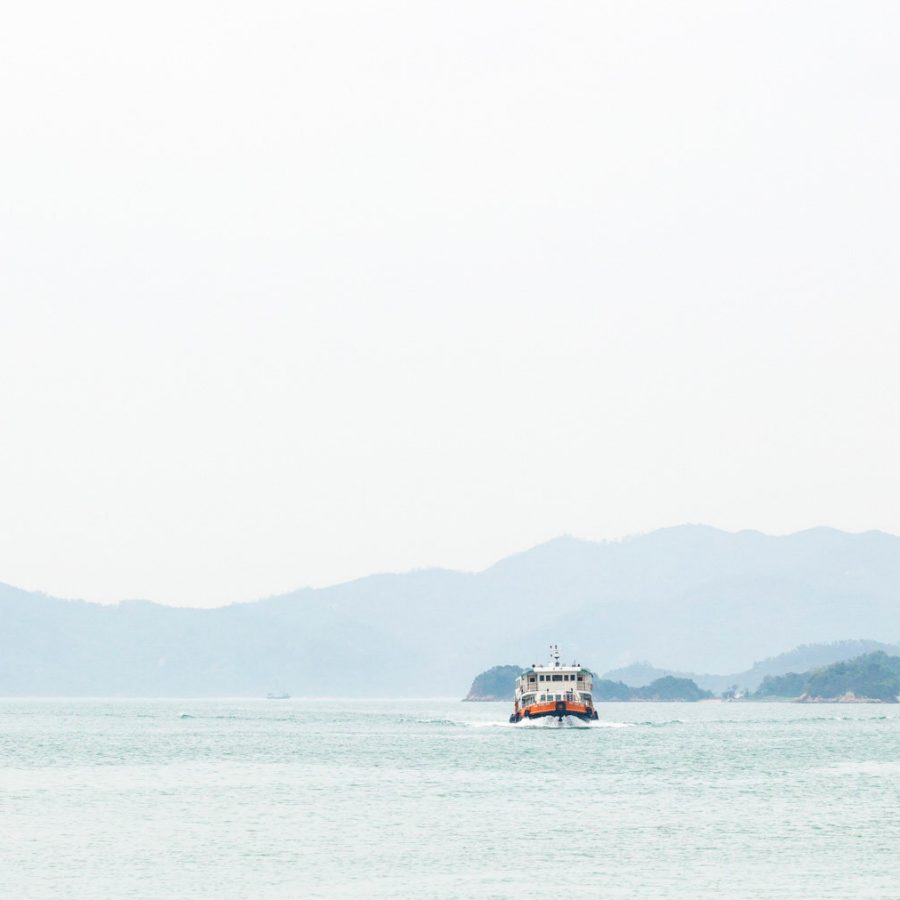
Credit: Mike Pickles
Ming River’s daily shuttle remains one of the comeliest excursions in Hong Kong. And at HK$13.40 a ride, it has to be one of the world’s great travel bargains.
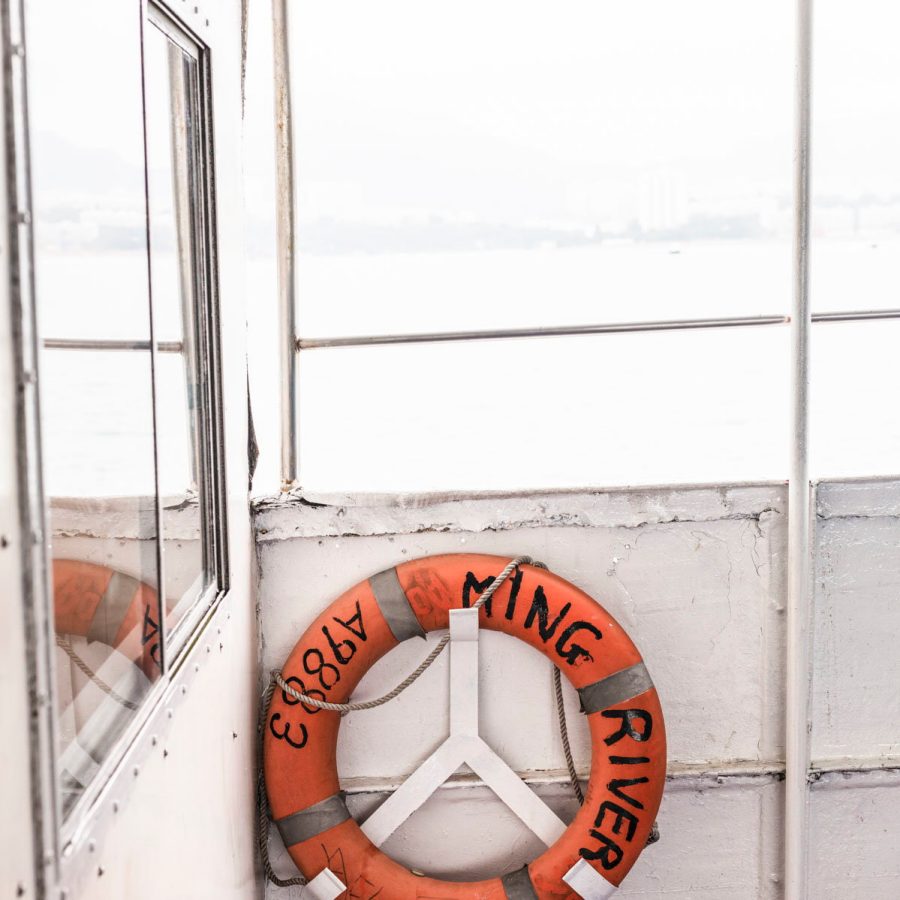
Credit: Mike Pickles

Credit: Mike Pickles
More inspiration
Hong Kong travel information
- China – the Chinese Mainland, Hong Kong SAR, Macao SAR and Taiwan Region
- Hong Kong SAR - English
- Chinese Mainland (China) - English
- Taiwan, China - English
- 香港特別行政區 - 繁體中文
- 中国內地 - 简体中文
- 中國台灣 - 繁體中文
- Africa
- South Africa - English
- Asia
- Bangladesh - English
- Korea - English
- Singapore - English
- Cambodia - English
- 한국 - 한국어
- Sri Lanka - English
- India - English
- Malaysia - English
- Thailand - English
- Indonesia - English
- Maldives - English
- ประเทศไทย - ภาษาไทย
- Indonesia - Bahasa Indonesia
- Myanmar - English
- Vietnam - English
- Japan - English
- Nepal - English
- Việt Nam - tiếng Việt
- 日本 - 日本語
- Philippines - English
- Australasia
- Australia - English
- New Zealand - English
